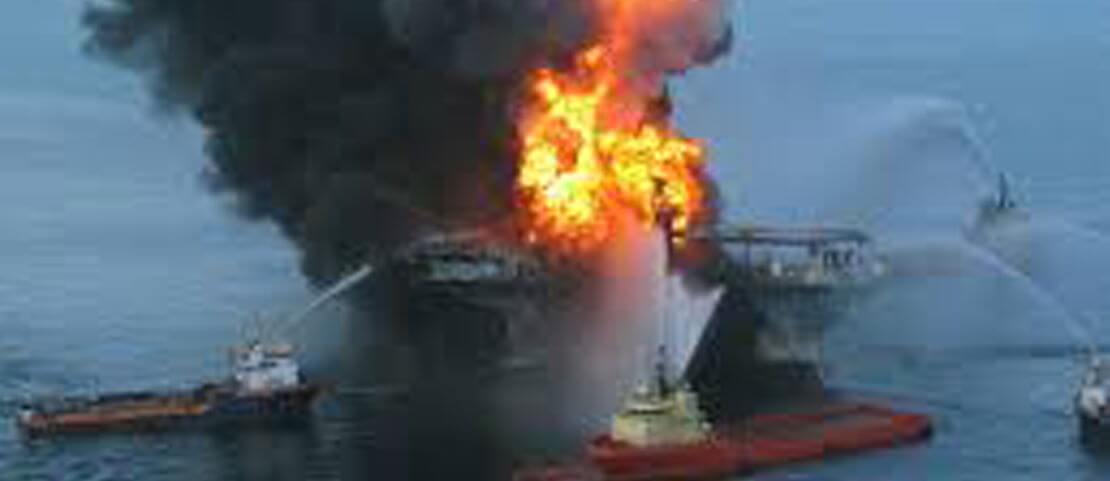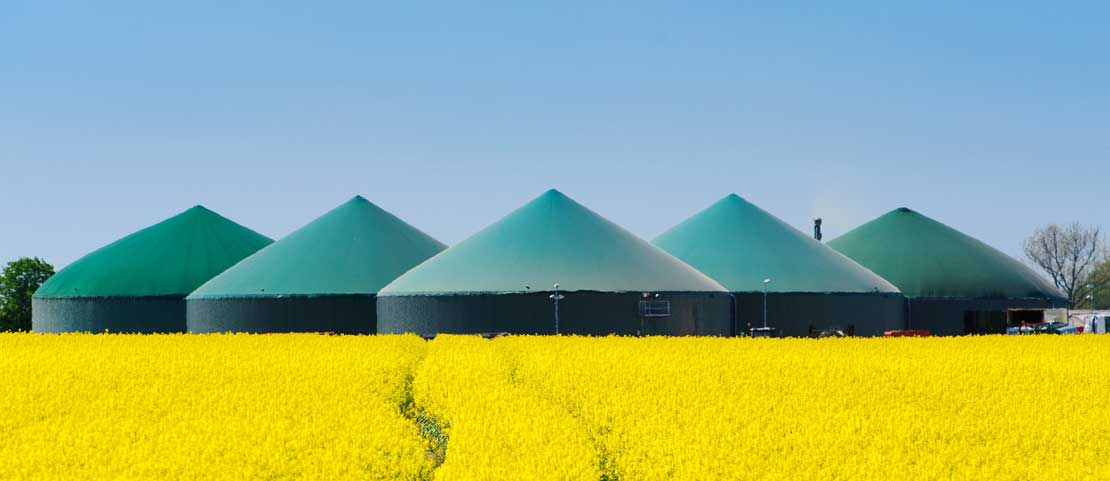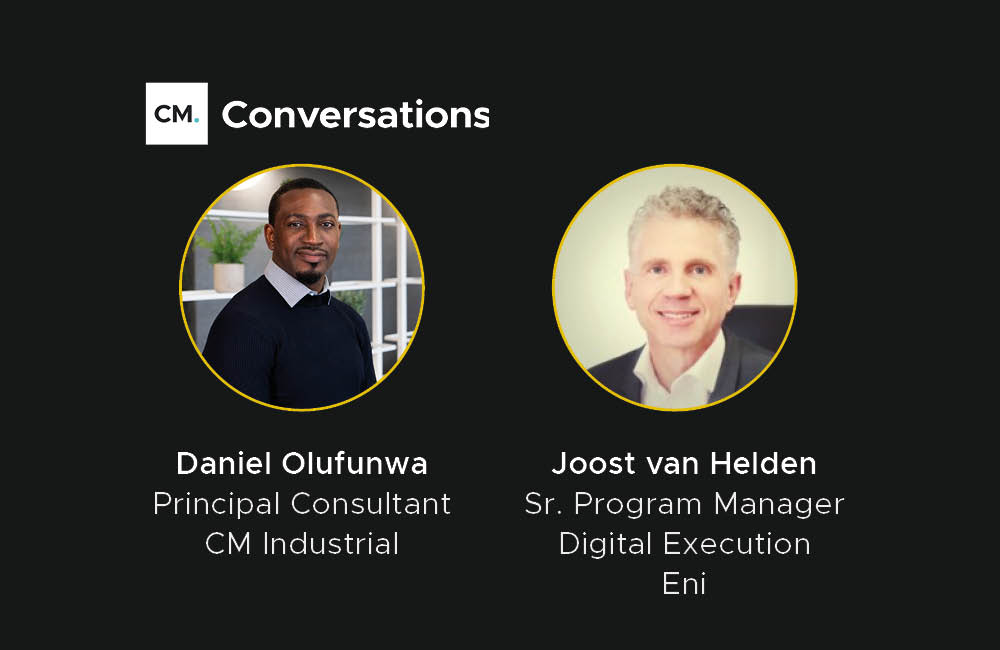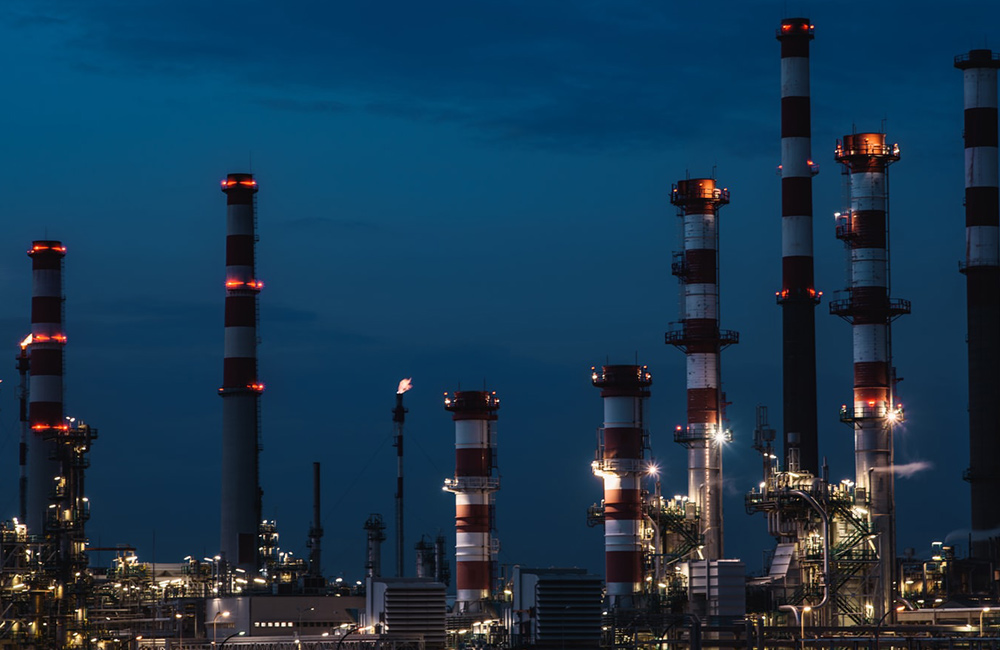

How Technology is Making the Drilling Rig a Safer Place.
Oil and Gas exploration often takes place in inhospitable environments, causing huge risks for the individuals involved. Whether onshore in harsh, unfriendly terrains or amid hazardous waters offshore, wherever extraction takes place there are inherent risks attached.
The dangers of the working environment have been illustrated by many infamous, tragic incidents. The Piper Alpha disaster in 1988 is the most prominent in which 167 people lost their lives in the North Sea and more recently, the Macondo disaster in 2010 led to the deaths of 11 offshore workers. As well as the human cost, there is also often a devastating environmental impact as a result of these disasters.
As a result of the heart-wrenching incidents mentioned above, new regulations have been introduced in attempt to avoid scenes such as those occurring again in the future. Although, as often highlighted in the media, each legal jurisdiction takes their own stance on suitability of regulations. This often means that companies have no choice other than to take matters into their own hands in providing resolution and safer working environments. Today, we’re seeing technological solutions being introduced by contract drilling companies to make the industry a safer place.
Taking Humans out of Harsh Environments
When drilling on land, often operating companies are forced into some of the harshest terrain on the planet in terms of inhospitable conditions. Whether operating in sub-zero temperatures, scorching heat or even conflict zones, sometimes it is the area around the rig that can cause as many safety issues as working on it.
This sentiment was echoed by Nabors VP of R&D Chris Magnuson, who said “Automation will improve the lives of our crews… If you can do less hazardous, higher-skilled work that’s not done in one hundred-degree heat or sub-freezing winters, then that’s definitely better.” Magnuson and Nabors challenged themselves to create a hands-free land rig and offshore drill floor that would take employees out of hazardous areas.
As a means of trying to solve this dilemma, Nabors have created several products, including the iRacker. This is an automated tubular handling system, which can be operated from the driller’s cabin and away from the harsh climates of the rig floor.
Another company recognising the need to reduce human exposure to the elements are Parker Drilling. They have created a range of different technological solutions to assist them in complex operations in difficult environments. You can read about a few on the link to their site, but one that that caught my eye was their development of an arctic land rig which is able to move between wells and pad sites in three self-powered and self-propelled modules. This equates to a huge reduction in time, costs, manpower and exposure to the dangerous conditions for workers.
Preventative Maintenance
The benefits of an automated solution is that it doesn’t get tired and it doesn’t take potentially dangerous risks. When it comes to watching and monitoring equipment, the latest automated solutions can watch 24 hours a day, 7 days a week and report on the condition of any piece of equipment throughout a highly complex rig.
This means that safety issues that have caused previous incidents, could be detected, and rectified before a major incident occurred. This ability to conduct preventative, as opposed to reactive maintenance is of huge benefit to operating companies.
GE are one company investing in this area. They have developed SeaStream, a system which provides health and performance monitoring for rig equipment, covering six equipment types. Having a constant eye on the equipment improves up-time, reduces maintenance costs and ultimately increases safety. The technology has been accredited by ABS, the American Bureau of Shipping, meaning the technology can now be integrated in ABS classed rigs.
Automated Processes
As well as having the ability to have eyes on different parts of a rig, technology can also free up resources and time through automating previously human-operated processes. It’s hoped that this will mitigate against one of the biggest causes of lost time incidents (LTI's) and rig-site accidents – human error. One company moving into this space are NOV. They have developed the NOVOS process automation platform which consistently executes repetitive drilling operations, leaving the driller to focus on safety and process execution.
Taking it one step further are Anybotics who have partnered with TenneT, a European transmission system operator, to create ANYmal – an autonomous inspection robot. ANYmal can operate in times when a rig is unmanned, for whatever reason that may be, and be operated remotely from an onshore control centre. The robot is able to monitor machine operations, read sensory equipment, detect thermal hot-spots or detect leakages. Whilst the most futuristic-sounding of all the solutions I’ve mentioned here, it leads to the same outcome: less LTI's and safer rigs.
The Future Looks Safer
I’ve barely scratched the surface here, and could easily carry on detailing the ways in which the Oil & Gas sector is becoming safer thanks to the latest technology. The likes of Scientific Drilling’s latest measurement while drilling (MWD) technology and Schlumberger’s latest SmartRacker and POD control system are two more, but the line has to be drawn somewhere!
Or does it? If you know of another company you think are doing great things to make drilling rigs safer, why not get in touch and let me know?
Recommended.

Revolutionising the Future for Biogas.
The World Biogas Summit & Expo 2023 shared a wealth of industry knowledge, innovation, and inspiring new ideas to help #MakeBiogasHappen. We discuss the key takeaways from the event and what this means for our industry.

How to Implement Digitalisation & Operational Excellence.
In this podcast, we speak to Joost van Helden, who's a Senior Program Manager of Digital Execution at Eni. We discuss the implementation process for digitalisation and how companies can go about achieving operational excellence. Click to listen.

Base Oils: Maximising Performance Using Environmentally Conscious Alternatives.
Sustainability is becoming a priority for industry leaders throughout the chemicals space, especially in base oils.

Diversity and Inclusion in Mining
We want to hear your diversity and inclusion success stories from the mining space.
Comments.